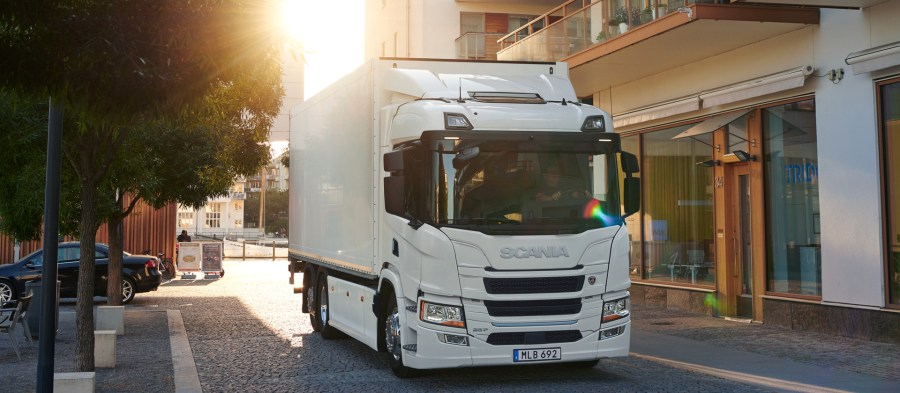A life cycle assessment of battery-powered distribution models has been made by Scania.
The Swedish manufacturer’s work makes for interesting reading for operators looking to switch from diesel to electric.
For example, the life cycle assessment concludes battery electric vehicles (BEVs) have less of an environmental impact than those with an ICE.
The assessment is an ISO 14040/44 method to calculate the environmental impact of products.
Therefore, it covers the entire life of the product, from ‘cradle’ to ‘grave’, starting with raw material extraction.
Andreas Follér, Scania’s head of sustainability, explained the reason for the project within the heavy commercial vehicle industry.
“We have to ask ourselves, are the battery electric vehicles truly good for the environment when we look over the full life cycle?
“The impact generated isn’t from tailpipe emissions, so the industry needs to rethink what we mean by environmental impact.
“With this study, we have the clear answers,” he stated.
Interestingly, BEV production has a higher environmental impact, mainly due to energy intensive battery cell manufacturing.
However, the total life cycle impact on climate change is dramatically better for the battery electric vehicles.
The reason for the difference is due to the lower carbon impact from the use phase.
Scania says if EU trucks switch to green electricity, a life cycle carbon emission reduction of 86% is possible.
In addition, there are big potential savings with battery cells.
Over 40% of BEV carbon emissions come from the cells.
However, emissions can be reduced if the battery industry continuously decarbonises and the use of green electricity continuously increases.
Concluding, Follér said: “The race towards zero emissions will be about decarbonising processes and materials needed to assemble future trucks.”






